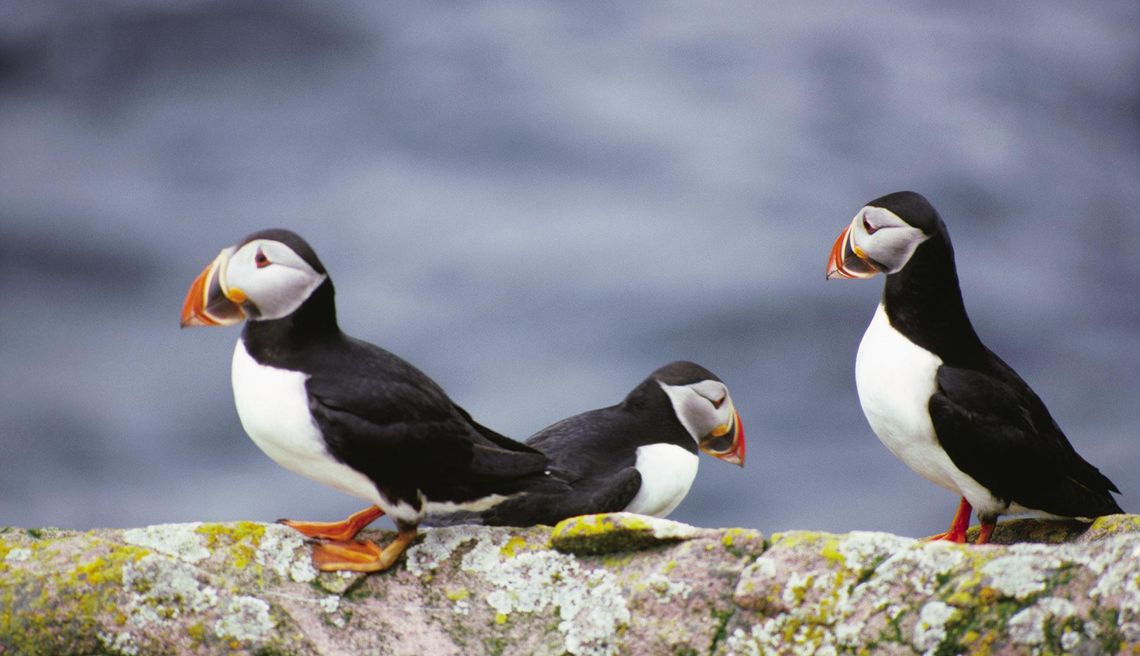People once looked at birds not only as creatures to admire for their beauty, but also as great food to eat.
In the 1800’s, passenger pigeons were killed by the thousands, in part to satisfy the demand from fancy eastern restaurants for the delicacy of baked, stuffed and sauteed pigeon.
I was surprised on a trip to Iceland to find puffins on restaurant menus in Reykjavik, the country’s capital. I was told they tasted a lot like chicken.
In ancient Italy, many birds were considered a culinary delicacy and also as useful human medicine. Dried larks’ hearts were sewn to silk ribbons and worn close to the skin to cure colic. Kingfisher skins were used to decorate and brighten houses and young finches were fed homemade pellets pressed from walnuts and marzipan to improve their tastiness.
People have also been fascinated by songbirds and their melodic outpourings. Birdkeepers were especially fascinated by songbirds that could be taught to mimic the calls and songs of other species.
That fascination is still alive and well; modern birdkeepers train their canaries by playing them You Tube videos and digital audio files of other birds.
Some ancient beliefs were quite lethal to certain bird species. For example, the hoopoe is a handsome bird with a magnificent tuft of head feathers which it is fond of raising and lowering, furling and unfurling.
Unfortunately, for the hoopoe, it was believed by some societies that bathing the temples in hoopoe blood enabled one to see marvelous visions. Also, if one carried the eye of a hoopoe on one’s person, this would cure leprosy.
At least they were not considered good to eat; otherwise, there would probably be no hoopoes around today.







